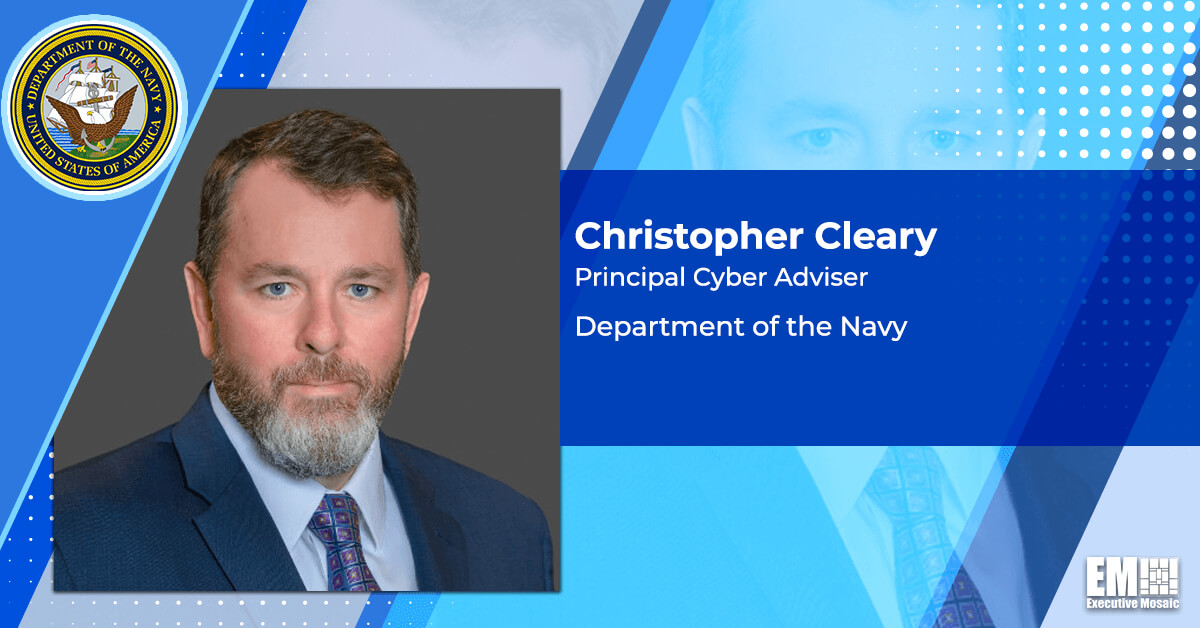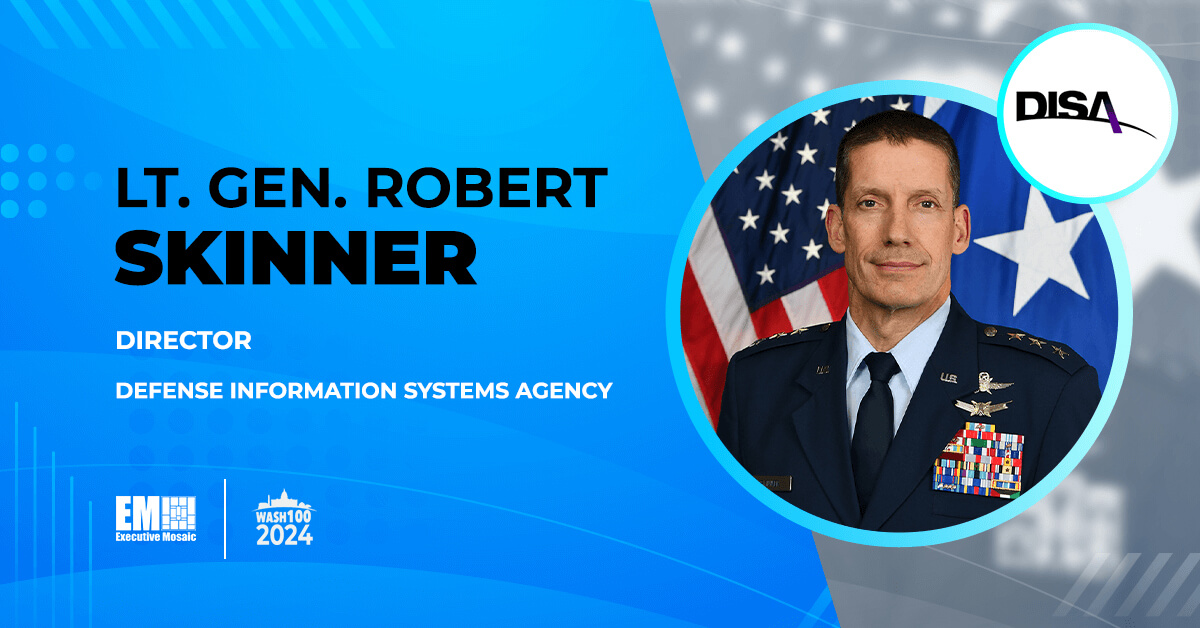The Department of the Navy has zeroed in on the cyber warfare environment with a new cyberspace superiority vision, according to Christopher Cleary, principal cyber adviser for DON.
In the current warfare landscape, strategies and attacks have evolved to enter the non-kinetic space of the cyber world. As cyberattacks continue to advance, enhancing cyber strategy and security is crucial, Cleary said in his keynote address Wednesday at the Potomac Officers Club’s Cybersecurity in the Modern Intelligence Community Forum.
“At the end of the day, the adversary is sophisticated, well resourced and determined. We have to acknowledge that our adversaries are going to be looking at traditional and non-traditional target sets,” Cleary told event attendees.
The strategy is divided into three pillars: secure, survive and strike. The “secure” leg of the plan serves as the intersection between defense and security areas, while “survive” looks at adversary resources and advantages that highlight improvements necessary for securing critical infrastructure.
Lastly, the “strike” pillar follows the Department of Defense’s mission to attack adversaries successfully. Cleary stressed that this calls for consideration of all areas across the non-kinetic plane, which includes electronic warfare, cyber warfare and information operations.
“This is going to be the new norm moving forward,” the DON principal cyber adviser stated.
As modern warfare continues to evolve, the broader intelligence community is reimagining the traditional view of what constitutes warfighting.
Cleary discussed the movement away from a previous focus on weapons engagement zones, which set the boundaries of geographical warfare by determining which areas were vulnerable to physical attacks. With the expanding influence of cyber in warfare, weapons engagement zones are now infinite within the non-kinetic space.
“Force back then was through the application of a musket, cannonball or a saber on the horse rider. It was seen very much through the lens of kinetic war, fighting my army versus your army force,” Cleary elaborated.
He noted a major target in the current non-kinetic realm is operational technology, which he describes as “the new wild west” in the Department of Defense as adversaries are dedicating more time to exploiting this area.
Cleary said that while OT may seem like a low priority for opponents in warfighting, the branch can use it to understand agency dependencies and disrupt core infrastructure crucial to functions across multiple departments.
“It’s not just about our information technology. We are every bit as dependent on our operational technology that enables everything that we do in the Navy,” Cleary stated.
Within the branch, OT is a blend of departmentally and commercially owned infrastructure, which makes those organizations additional targets for attacks on the branch. According to Cleary, identifying how much preparation these companies need to be properly equipped for a war environment is an important point of consideration.
Cleary elaborated on private infrastructure providers’ position within the war space, emphasizing that they become a military target by serving agencies such as the DOD.
“At the end of the day, what I’m hoping to achieve through the strike pillars is that our adversaries are as every bit nervous looking down the business end of our non-kinetic capability as they do when looking down the business end of what we traditionally do as a Department of Defense,” he added.
To hear Cleary’s full address and register for future events, visit the Potomac Officers Club events page.







